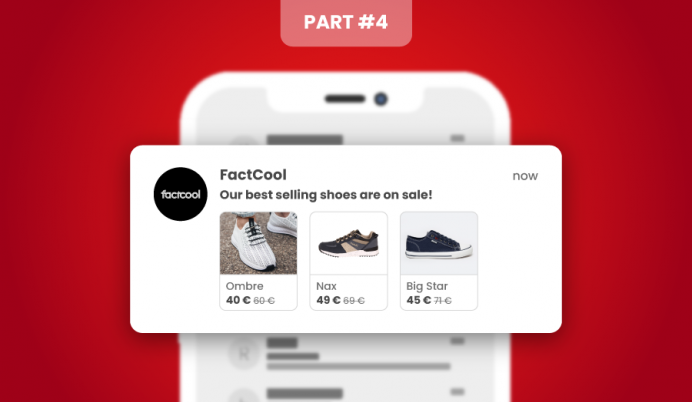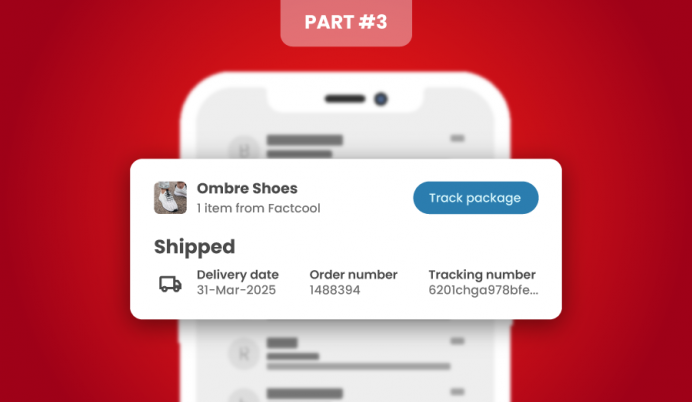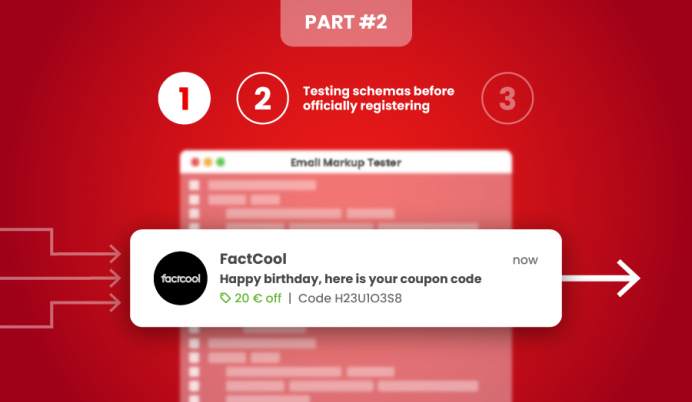Who is unengaged?
The question of what to do with inactive or unengaged recipients comes up fairly frequently at every conference and workshop we attend or client events we hold. The answers vary a lot depending who’s speaking, what business they are in, etc. There is one major divide - the marketeers vs the deliverability people.
Marketeers argue their business results on how big of an impact they see when sending to unengaged recipients. Team deliverability will argue they are hurting their reputation and that it causes them head-aches to keep delivering. There is no winner to this argument and we clearly don’t see eye to eye. Let’s try to look behind the curtain a little before we get into the engagement itself.
For years email has been plagued by using incorrect or irrelevant KPIs. It wasn’t the marketeers fault but rather the management that was always pushing for growth often without understanding its value. As a result marketeers were using list size and open rates as a measure of success. The first would prevent them from sunsetting the inactive users; the later got boosted over time by changes in technology.
First it was loading and displaying images that started with google image proxying. No longer the recipients had to click a button to see the images and as a result the tracking image got loaded resulting in higher measured open-rates. Marketeers as well as deliverability people loved it - each for a different reason. While marketeers could report higher success rates, deliverability people got a more accurate signal.
Then came Apple with their Mail Privacy Protection which preloads messages in the background when devices are idle. This background activity loads not only the message body but the images as well. Marketeers saw another increase in opens but deliverability people were not as ecstatic.
These opens skewed the stats significantly and unlike image caching employed by many ISPs this one had nothing to do with an actual recipient activity. An iPad on a nightstand that was not touched for a month would load the emails and generate an “open” or more accurately a “botopen”.
Can you tell if a user has engaged or not? But it gets even worse…
From the day Google released its Google Analytics as a free product for anyone it became a de facto standard in measuring website activities. Not only that - Google Analytics are used to track pretty much every online channel and you can find UTM tags everywhere you look to pass attribution. That attribution is often taken as given and true but it’s everything but.
Over the years Google experimented with the attribution - at some points in time attribution was user configurable, then it went under Google’s control, back to configurable, etc… No matter what the setting is, the attribution is a challenge. Every channel wants to be the best and as a result each platform will use a different approach to attribution. Unsurprisingly if you combine the revenues as measured by each platform you will end up with a multiple of your actual revenues. In Google Analytics you are likely to get revenue numbers close to actual revenues.
And this is where I see the roots of the claims that “inactive” users generate a lot of revenue. Incorrect attribution and the need to win the “most efficient channel” prize distorts reality.
Now back to engagement - what is it? Engagement is relative to the channel and can not be applied to the actual individual. One can ignore an email and still be an engaged customer - visiting the website, going to the brick and mortar store, following instagram, you name it. Should the fact that the customer is “active” be considered in the context of email?
In my opinion that should not play a role - only the actual engagement with email should. We’ve done this exercise with a client of ours who dumped ⅓ of their email list based on email engagement and it had no effect on their business results. The only difference was the shift of attribution.
Customers who liked the brand and did not engage with emails kept coming back either directly or through other channels that they preferred. A very small portion of them resubscribed later on and became actively engaged with emails. The customer made huge savings on their email sends and increased the revenue per email. These results also helped convince the management to let the email team focus more on advanced stuff like segmentation, personalization and content creation in general resulting in a better experience for the recipients.
While reducing the volume of emails sent is not exactly “in line” with our short term business goals (making money and such) but in the long run this made sense for both the client and ourselves. I admit I would be singing a different tune if the test results were different.











